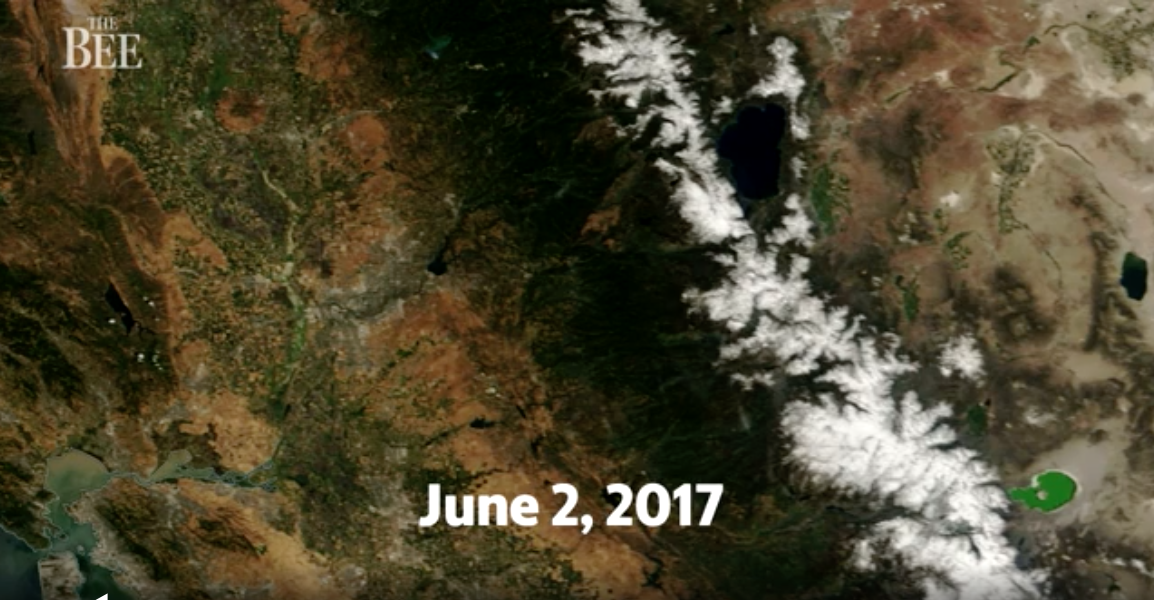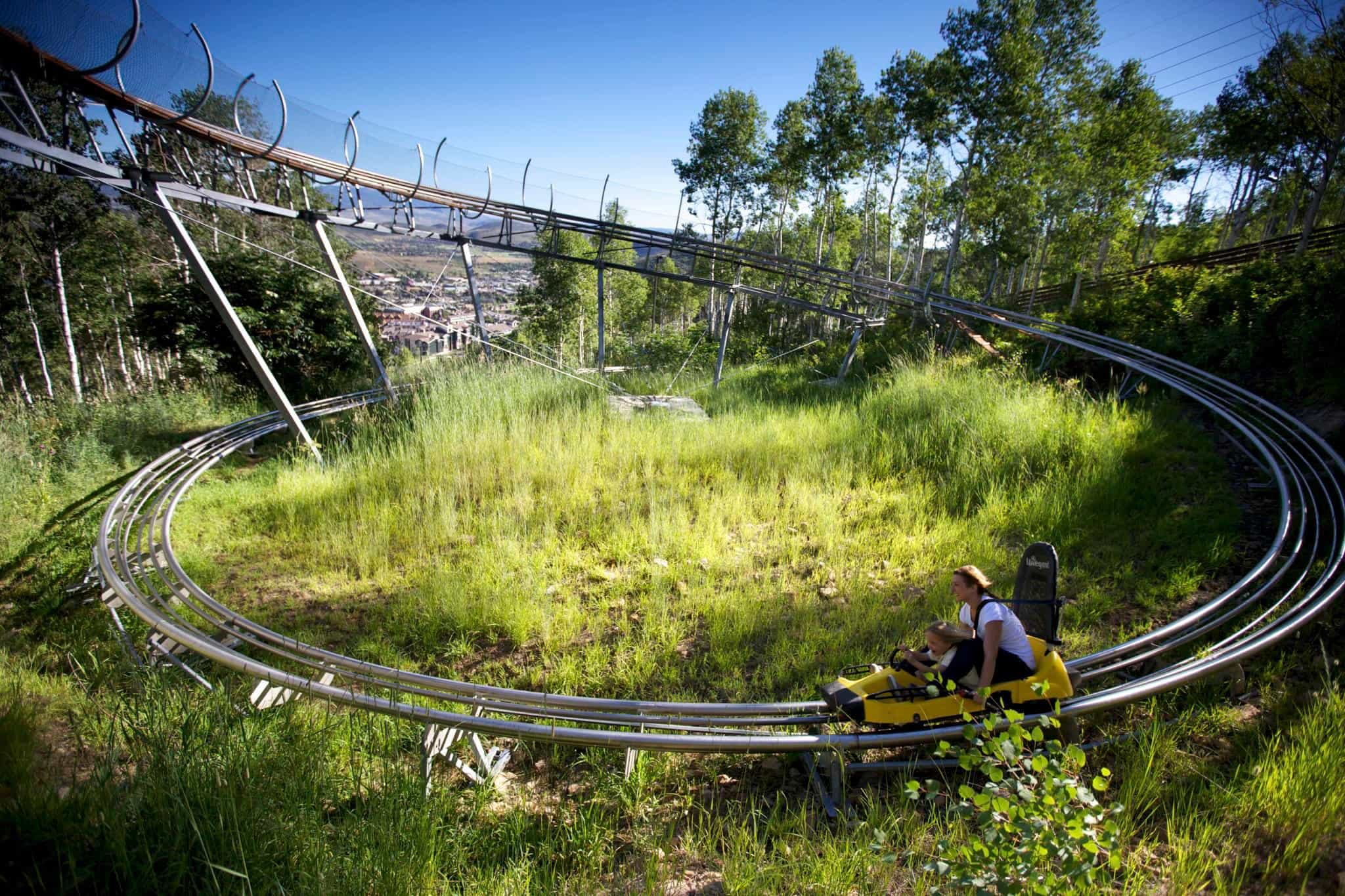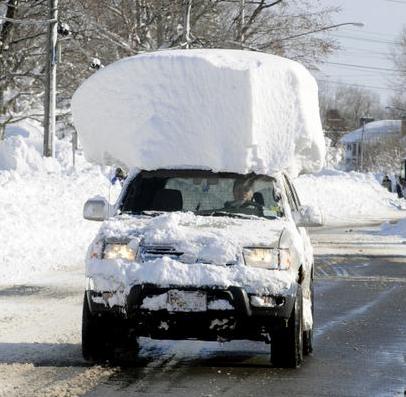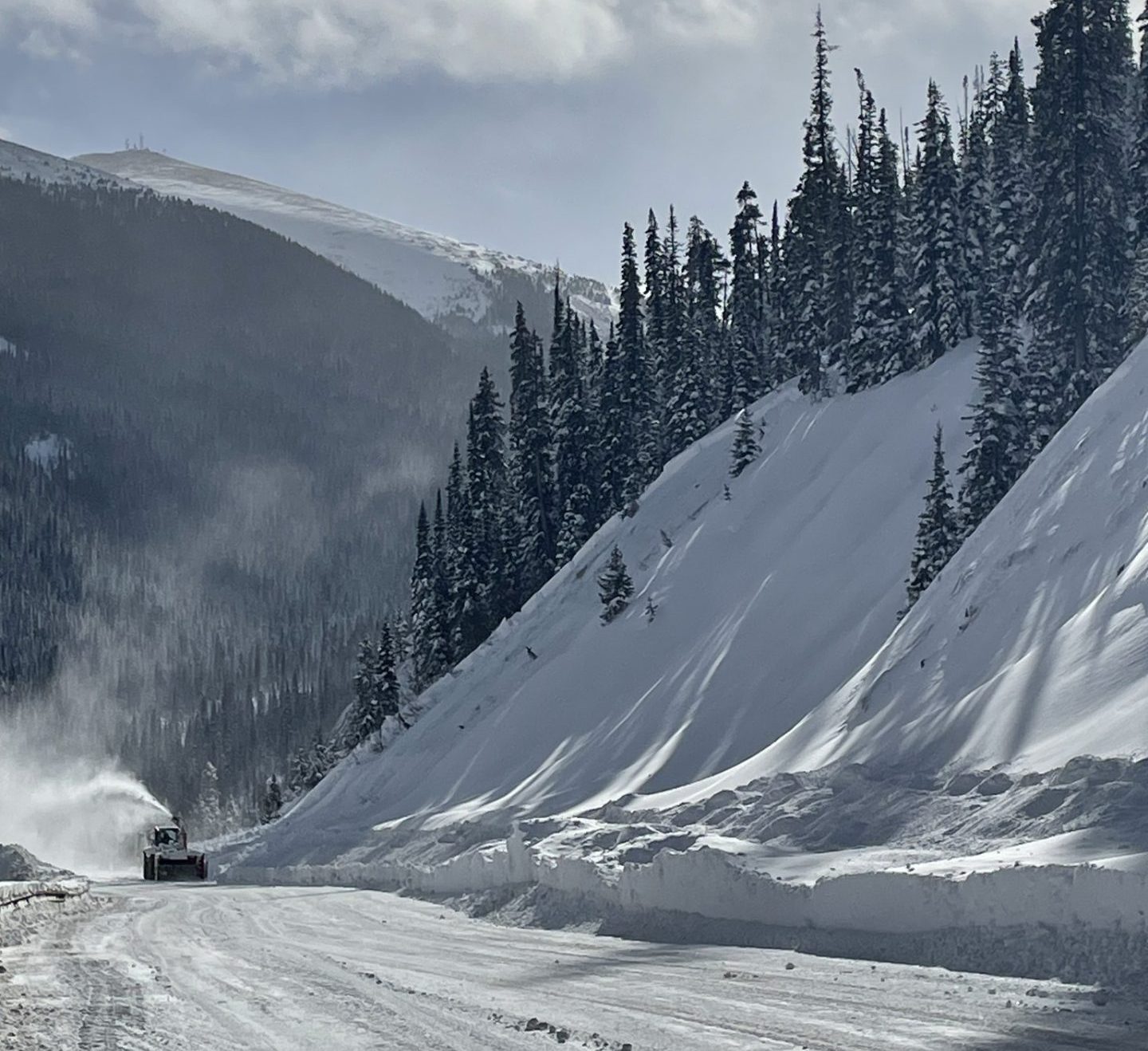
A new study finds a correlation between the size of California’s snowpack and a number of small earthquakes the state experiences each spring and summer. Researchers at UC Berkley and Bowling Green State University tracked the up and down motion of the Earth’s crust based off of 9 years of GPS measurements.

The study also looked at how the snowpack pushes down the earth’s crust a fraction of an inch each year and influences the amount of stress a fault is under. They found that anytime the stresses change the number of minor 2.0 magnitude earthquakes increases. While the size of most of these quakes is insignificant, this study is a breakthrough in terms of understanding the causes and timing of earthquakes.

As we recently reported, the snowpack through in the Sierra Nevadas is greater than 10 times the average right now. With all the snow and rain in California, this winter the San Andreas fault has “clamped” together this year and faces a lot of stress. As the snow melts through the spring and summer, that stress will be released and the number of small earthquakes will increase. One of the Researchers, Roland Bürgman, insists “This does not mean there is an earthquake season, but that Seasonal loading plays a role”. The hope is that these findings can ultimately help lead to a system for predicting earthquakes. Paul Segall, a professor of Geophysics at Stanford adds that the findings are “an intriguing correlation, but I wouldn’t say that anyone should do anything differently”. It will be interesting to see how many earthquakes, small or large, California experiences this summer.





In fact when someone doesn’t understand then its up to other people that they will assist, so here
it happens.